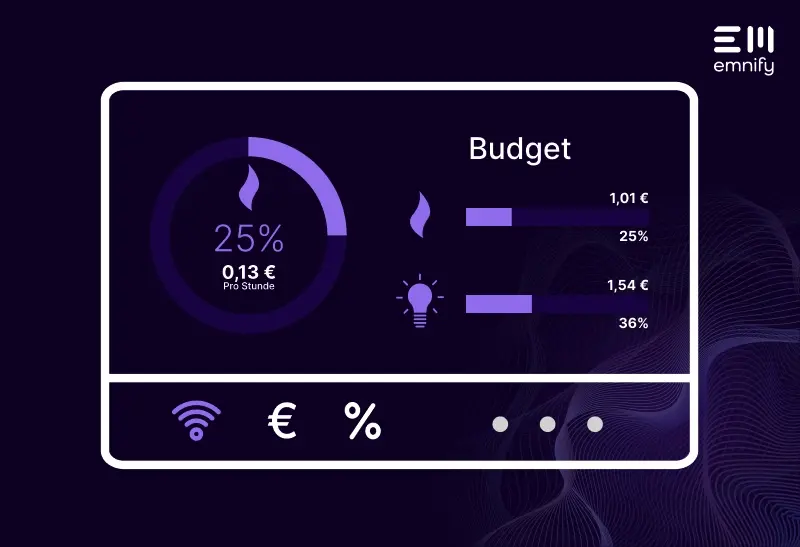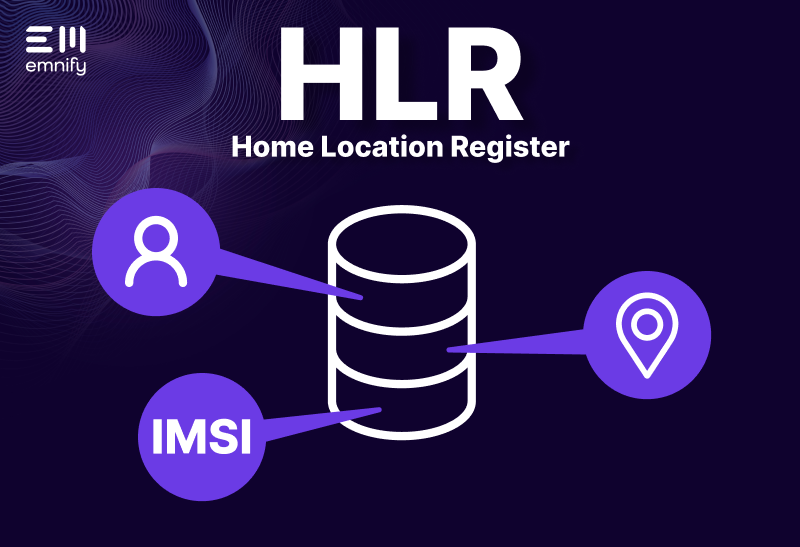

Quick definition: Smart utilities are devices and software applications that measure, report, control, and analyze the use of resources like electricity, water, and natural gas. Using sensors, “smart meters” transmit resource consumption data with a time stamp, which utility providers and their customers can use to optimize infrastructure, detect problems, and conserve natural resources.
Smart utilities are vital to energy conservation efforts. They also create significant savings opportunities for customers and providers alike.
If a business has a water leak or an open water valve, the software that retrieves the data from the building’s smart water meters can detect that the building is using an abnormal amount of water, taking into account the facility's normal water usage patterns. The software can flag this abnormal usage so the building owner can solve the problem fast. A single instance like this can save millions of liters of water and thousands of dollars in waste and damage.
Smart submetering can also help building owners pinpoint problems and waste by isolating the abnormal usage to a specific unit or even piece of equipment (such as a cooling tower, sprinkler system, or boiler room).
With time-stamped usage data, smart utility software can analyze a customer’s resource consumption to recognize patterns and detect abnormalities humans can easily miss, such as efficiency loss from corrosion or mineral scaling. This enables predictive maintenance, preventing small problems from growing into expensive repairs or shutting down operations.
How do smart utilities work?
Smart utilities depend on several key pieces of technology. Smart meters use sensors to transmit data from the meter itself to a gateway. Each gateway collects data from smart meters within a given area, then transmits that data to a software application. In some cases, the software application can also transmit commands to a specific meter.
This suite of Internet of Things (IoT) technologies depends on connectivity. Without a connection to a network, the devices, gateways, and applications can’t communicate. But smart utilities have unique connectivity needs, and often use a combination of solutions.
Smart meters are battery-powered, and often located indoors or underground. As a result, they depend on low-power connectivity solutions that can penetrate dense materials. Most smart meters use M-bus, wireless M-bus, Zigbee, or LORAWAN networks to transmit and receive data to the gateway.
Gateways, however, have different needs. Gateways can be hardwired to a power supply, so they don’t need power-saving features or low-power networks. And since they receive data from many smart meters and then transmit it to an application, they have greater data needs. So for gateways, cellular connectivity is the most popular solution. Cellular network infrastructure is already globally deployed, offers high data throughput, and excellent indoor coverage.
As utility and service providers strive to provide their customers with real-time data, maintain security, and implement new features, the data needs for smart utilities will continue to grow. Manufacturers and providers will need to choose connectivity solutions that can facilitate communication on a larger scale.
Are smart utilities secure?
While smart utilities open the door to massive savings and optimization opportunities, IoT devices can also create risk. Without robust IoT security, every smart meter becomes a potential entry point for other devices on the network, and other devices could connect to the meter. Transmissions from a smart meter could be intercepted, or more alarmingly, a hacker could issue commands to the meter and take control of utility systems.
Securing smart utilities is critical. Thankfully, there are many ways for businesses to prevent unauthorized parties from accessing the valuable data these devices contain.
Since smart meters use Low Power, Wide Area Networks (LPWANs), they don’t always have the capacity for future firmware updates and advanced security features.
emnify’s IoT communication platform secures smart utility gateway communications on several layers. Every gateway uses a SIM to securely connect to a cellular network - without using any local network such as Wi-Fi whose security may be compromised based on the private owner configuration. The data transmission goes over an encrypted private tunnel using IPsec from the Gateway to the application. The SIM can be used for authentication, as with using IMEI lock the SIM cannot be used in a different device. By using OpenVPN operational teams can access the gateway remotely for troubleshooting or getting device logs, from anywhere the team is located.
Learn more about smart utility solutions
emnify is a cellular IoT connectivity solution specifically designed for the Internet of Things. Our cloud native connectivity allows your devices to securely connect to more than 540 cellular networks in over 180 countries. As smart utility regulations evolve, your devices will have the communication capabilities to evolve with them.
Get in touch with our IoT experts
Discover how emnify can help you grow your business and talk to one of our IoT consultants today!
David Garcia brings his passion and over 8 years experience in IoT/IIoT to Product Marketing, along with Extensive experience in Utilities, Energy, Transportation, Manufacturing vertical markets.


